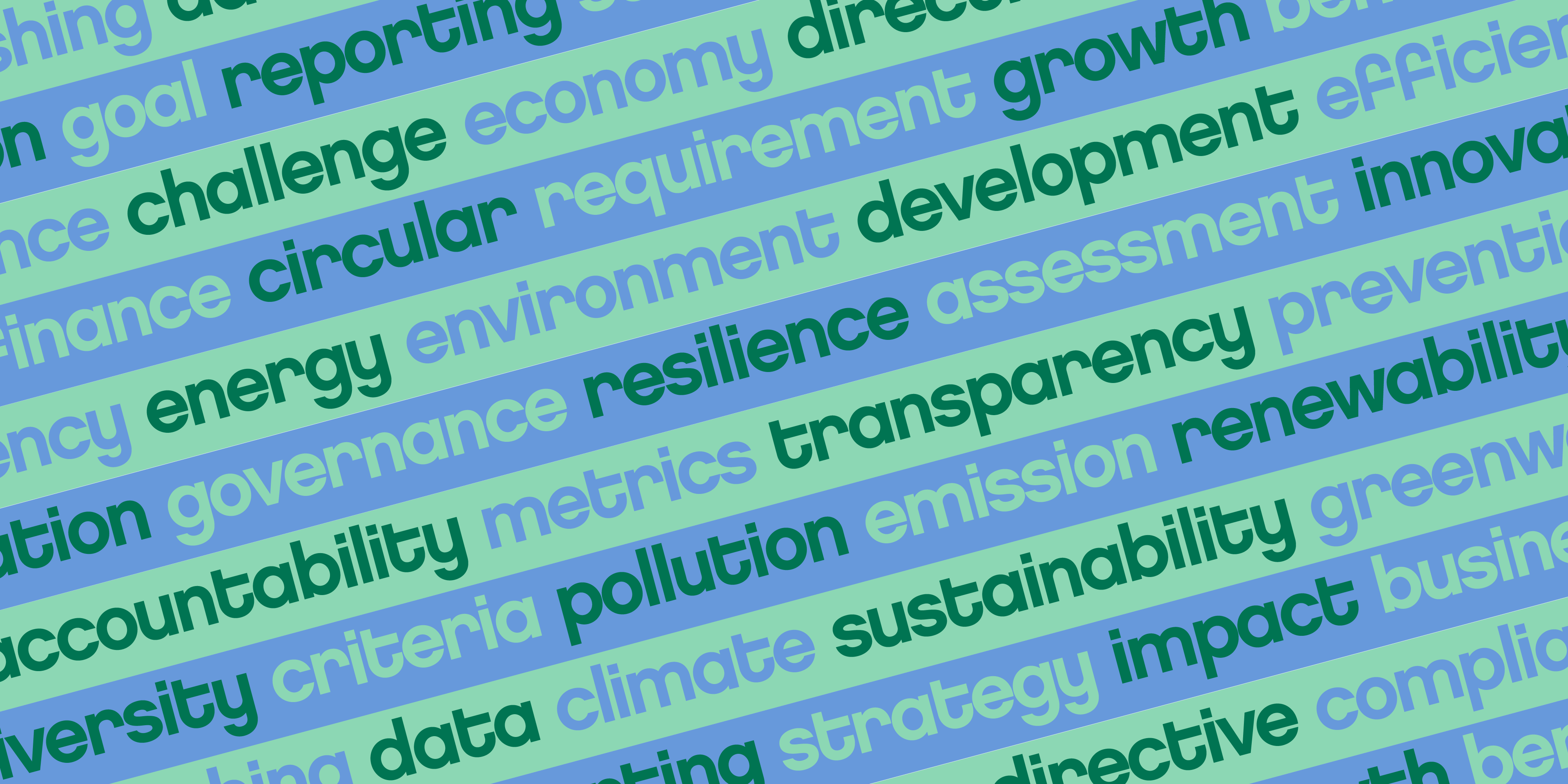
Sustainability
5 minute read
The top three regeneration routes leading the way to next level climate action
Sustainability is now a well-worn term as we seek to tackle climate change - but the question is whether simply being more sustainable is enough. Next level climate action reaches beyond sustainability to regenerate damage already done to our environment, and future-proof designs and developments for a healthier planet for generations to come.
Regenerative capitalism was a term coined nearly a decade ago, identifying the need for us to turn to business practices that restore rather than exploit our planet. Since then, the fight against climate change and the sense of urgency to change our ways has considerably picked up pace. Journalist Liam McCann looks at three inspiring and innovative ways that are showing us the route to a future where regeneration, as well as sustainability, forms the backbone of how we live.
Regenerative architecture
The built environment is responsible for some 40% of global CO2 emissions and is set to increase. Hélène Chartier, director of urban planning and design at C40 - a global network of mayors from cities leading the way on climate action - says: “The global building area is expected to double by 2060, which is the equivalent of adding an entire New York City to the world every month for the next 38 years."
It is therefore essential that we transform the way we build and to do so we need to view ourselves as part of the ecosystem; we need to incorporate processes found in nature; and we need to look at the impact of the development before the first soil is turned. Understanding each new site in this way means the data can then be embedded in the design so that the development can work towards maintaining the area’s natural balance.
A test pilot for large scale eco architecture is currently underway in France with a new 80-acre net-zero neighborhood built in Paris’ Porte Montreuil. Construction will include local bio-sourced materials and all the buildings will be designed to be modified for a change of use, thereby minimizing the need for demolition and rebuilding in the future. There will also be oases of vegetation and a focus on pedestrianization and cycle paths.
“Beyond buildings, we need a new model of urban development,” Chartier says and continues:
“The entire urban fabric of streets, buildings, green spaces, infrastructure, and stores should be designed to foster complete neighborhoods that include workplaces and essential amenities within a 15-minute walk or cycle. Compact neighborhoods that integrate a mix of people and uses that have adopted a ‘green throughout’ strategy reduce air pollution, congestion and commute times, and they also create more inclusive and resilient communities that improve people’s lives.”
Regenerative agriculture
Regenerative agriculture is a way of farming that aims to restore degraded soil and organic matter and considers not only short-term crop yields but long-term resilience of ecosystems. Land that is nurtured rather than degraded allows us to grow crops more economically by improving yields and cutting costs, as well as reducing pollution, limiting the use of pesticides, and nurturing biodiversity.
Vineyards have led the way as testbeds for regenerative agriculture, as grapes are very sensitive to climate change. The key learning is to look at the site as an agroecosystem, whereby the soil and all its nutrients and organisms are the focus rather than just the vine. For example Tablas Creek vineyard in California has adopted a regenerative approach. In just two years, having employed no-till farming, cover cropping, the incorporation of livestock and mob grazing, and composting, tests conclusively showed that more carbon was being stored in the soil and that the crops were healthier.
Importantly, regenerative agriculture is not just about growing foods but also about supporting innovation for other types of agriculture too. For example for Neste, a global market leader in renewable fuels and circular solutions, exploring better cultivation methods is at the heart of their strategy to introduce novel vegetable oils (NVOs), which are an important future raw material for renewable fuels.
Regeneration fashion
The companies leading the way on regenerative fashion make their garments using locally sourced wild-harvested or regeneratively grown fibers rather than fossil-fuel-based synthetic materials.
This is happening alongside a wider sustainability push within the sector, which is for example seeing recycling as a growing trend to transform waste into fibers for new fabrics. It is particularly important to use such solutions to mitigate the climate impact from a throw-away fashion culture that favors synthetics, which are often cheaper than natural fibers.
Isabella Tonaco, Executive Director at Sustainable Chemistry for the Textile Industry (SCTITM), explains how the industry is adapting to tackle the climate crisis: “When focusing on textile chemistry, sustainable chemicals play an essential role in mitigating the challenges of using and processing for example polyester as a fabric, delivering right-first-time quality while also contributing to the longevity of consumer products.
“This doesn’t just mean assessing the environmental impact of producing the materials, it means reducing pollution generated during chemical production, prioritizing circularity, cutting water wastage and greenhouse-gas emissions, and focusing on ESG goals.”
With initiatives such as The Textile Exchange’s 2025 Recycled Polyester Challenge, that aims to convince the industry to recycle 45% of polyester by 2025 and 90% by 2030, there are more and more options for consumers not only to make a more sustainable buying choice, but also to connect their retail therapy habits to a more circular economy.
Credits:
Liam McCann, a freelance writer and sub-editor for The Daily Telegraph, and has written dozens of articles on sustainability in the automotive and transport sectors in particular.





